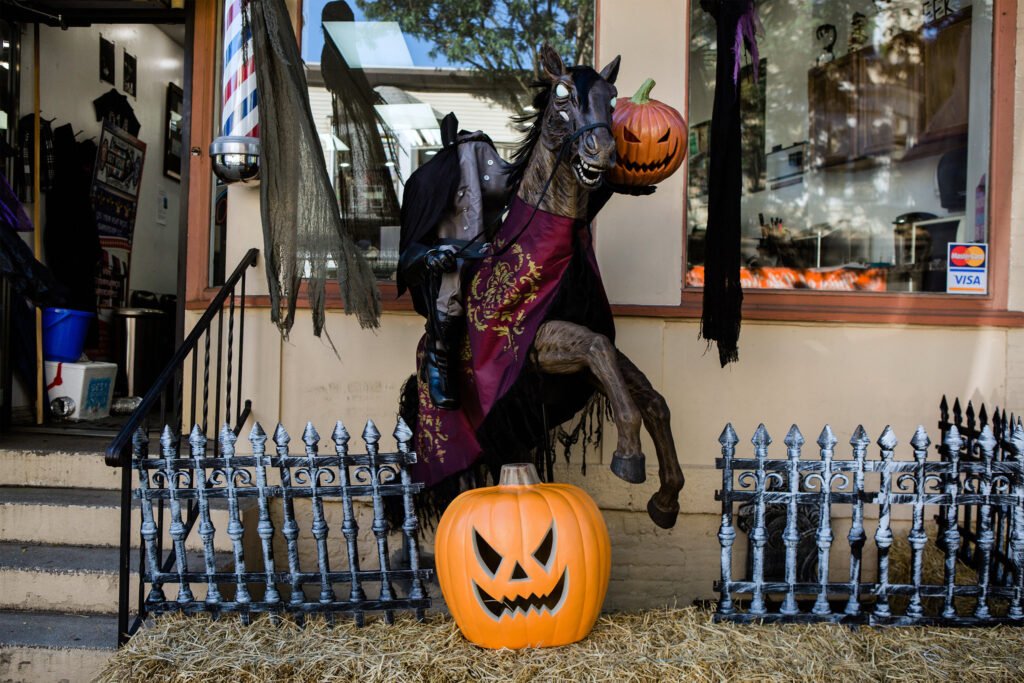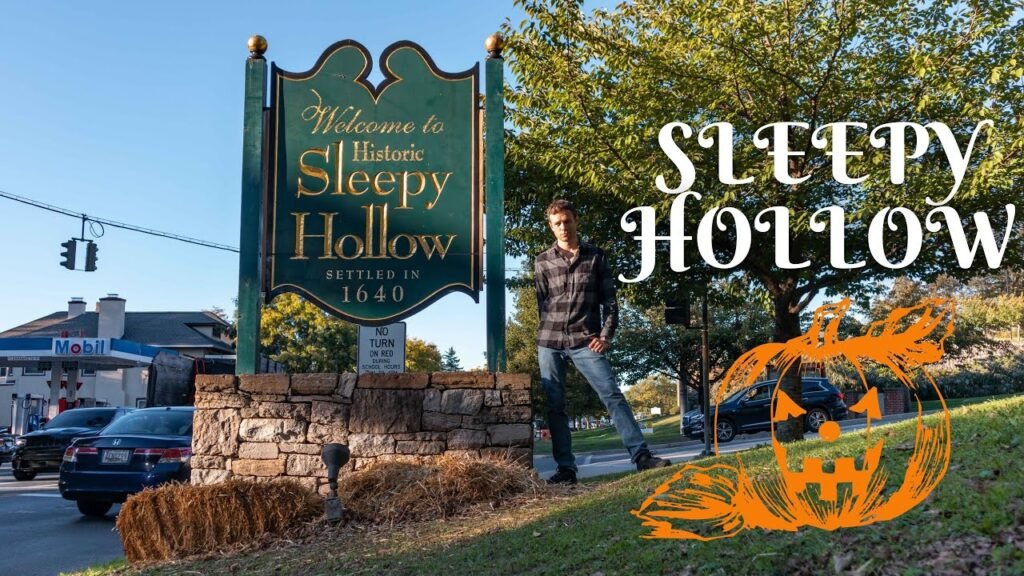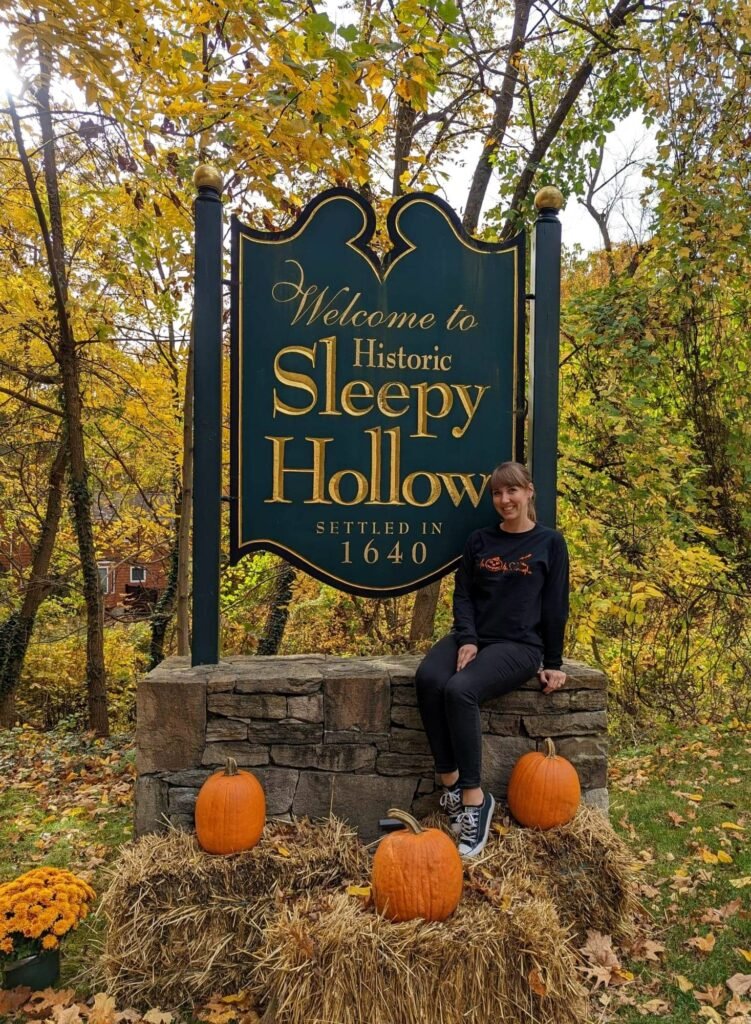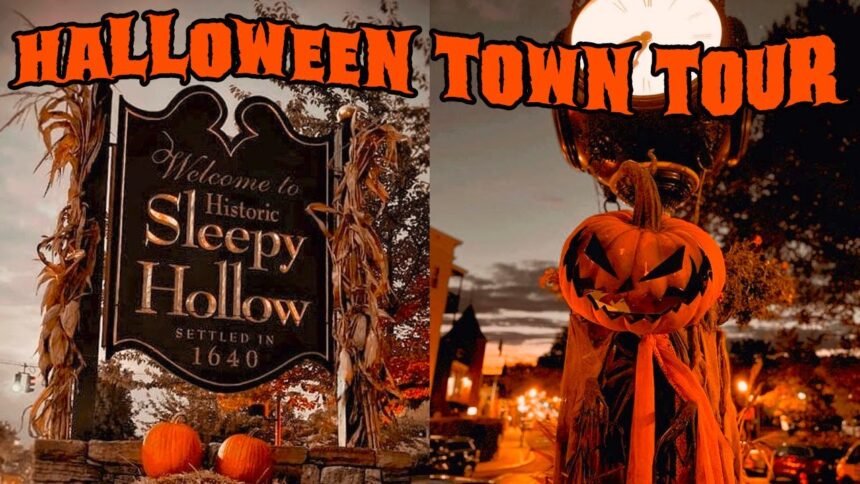Introduction
The Town of Sleepy Hollow history is a story of identity, transformation, and cultural resilience. Located along the eastern bank of the Hudson River in New York State, this once quiet industrial town reinvented itself using the power of storytelling. Today, Sleepy Hollow is known around the world for its eerie charm and deep connection to American folklore, but its reputation is not built on myth alone. The town made a conscious decision to embrace its literary past and use it as a foundation for a new future.
The Legendary Roots Behind the Town of Sleepy Hollow History

The Town of Sleepy Hollow history begins with the creative genius of Washington Irving. Long before the town officially adopted its famous name, Washington Irving brought the Hudson River region to life through eerie ghost tales and Dutch folklore. These stories helped shape the mysterious identity that still surrounds the Town of Sleepy Hollow history today. Irving spent much of his youth in the Hudson Valley, where the quiet landscapes and deep forests stirred his imagination. The region’s fog-covered hills, silent graveyards, and haunting stillness inspired him deeply. He also listened to the superstitions and fireside legends shared by Dutch settlers who had lived in the area for generations. These local influences became the foundation of his most celebrated story, The Legend of Sleepy Hollow, published in 1820. The tale followed Ichabod Crane, a timid schoolteacher, and his terrifying encounter with the legendary Headless Horseman. This compelling mix of suspense, folklore, and horror established the work as one of the earliest and most iconic pieces of American gothic fiction. Through this story, Irving not only entertained readers but also transformed a quiet riverside village into a place of legend.
Washington Irving’s Role in the Town of Sleepy Hollow History
Washington Irving not only created the Headless Horseman but also became the first American writer to gain international fame. He helped define early American literature and laid the foundation for writers who came after him. His writing style blended folklore, mystery, and a timeless setting that made Sleepy Hollow come alive in the imagination of millions of readers. The Town of Sleepy Hollow history connects closely to Irving’s influence because his story immortalized real locations and transformed ordinary landscapes into legendary settings.Unlike fictional worlds created by authors like J.R.R. Tolkien or Lewis Carroll, Irving’s Sleepy Hollow was based on actual places that readers could visit, making the story feel hauntingly real.
Real Locations That Inspired the Town of Sleepy Hollow History

Many locations described in Irving’s story still exist today and serve as powerful historical links to the past. The Old Dutch Church, built in 1697, appears in the original tale as the site where the Headless Horseman haunts the night. Visitors who walk through the churchyard can still see the centuries-old gravestones that inspired the eerie setting. Nearby is Sleepy Hollow Cemetery, a sprawling historic burial ground where Washington Irving himself was laid to rest. The cemetery is also the resting place of powerful American industrialists such as Andrew Carnegie and William Rockefeller. Another landmark made famous by Irving’s writing is the Headless Horseman Bridge, a symbolic site of Crane’s terrifying chase. Although builders have replaced the original wooden bridge several times, the current structure still captures the dramatic atmosphere described in the legend.
From Folklore to American Gothic Tradition
Irving’s story not only preserved Dutch-American folklore but also shaped the American gothic literary tradition. His powerful storytelling inspired writers such as Edgar Allan Poe and Nathaniel Hawthorne. They continued exploring themes of fear, superstition, and psychological suspense in their own works. Many scholars credit Irving with creating one of the most enduring myths in American history. His writing blurred the line between fiction and reality and shaped the future of American storytelling. The Headless Horseman quickly became a symbol of supernatural storytelling in the United States. Because of Irving’s influence, the Town of Sleepy Hollow history became a defining part of early American literature. It still attracts academics, historians, and literary enthusiasts from around the world who are eager to study its cultural impact.
Preservation of Heritage Through Historic Hudson Valley

The cultural legacy of Washington Irving and Sleepy Hollow is preserved today through organisations like Historic Hudson Valley. This nonprofit group manages key historical sites in the area, including Irving’s beautifully preserved home, Sunnyside, located in nearby Tarrytown. The organisation hosts educational tours and seasonal events that keep the region’s history alive.Visitors can explore the official website at https://www.hudsonvalley.org to learn more about guided tours and cultural events in the region. The site also offers historical research that helps preserve the heritage of the Hudson Valley. These ongoing efforts ensure that the true Town of Sleepy Hollow history remains accessible to the world. They help connect education with tourism in a meaningful and engaging way.




